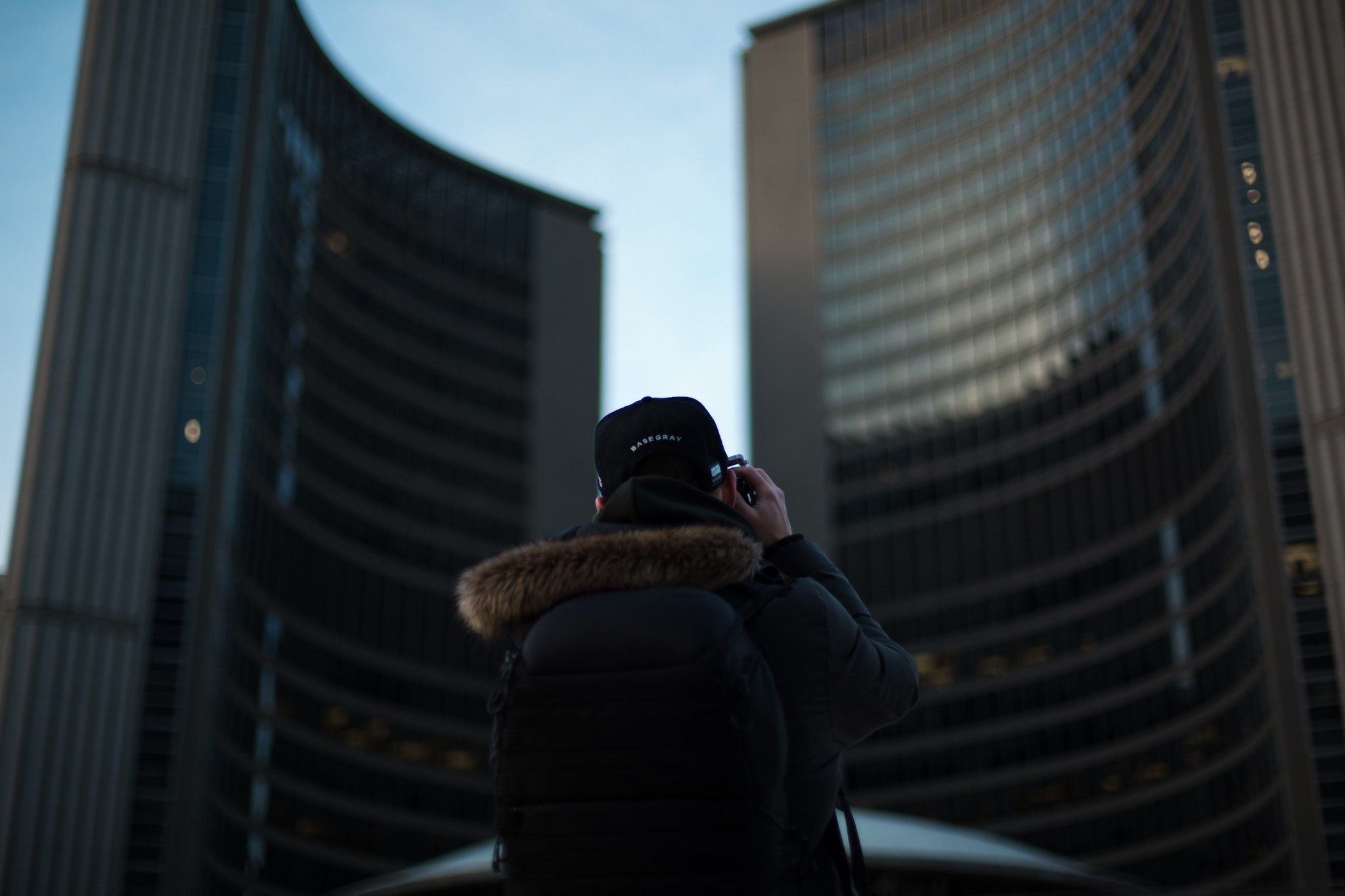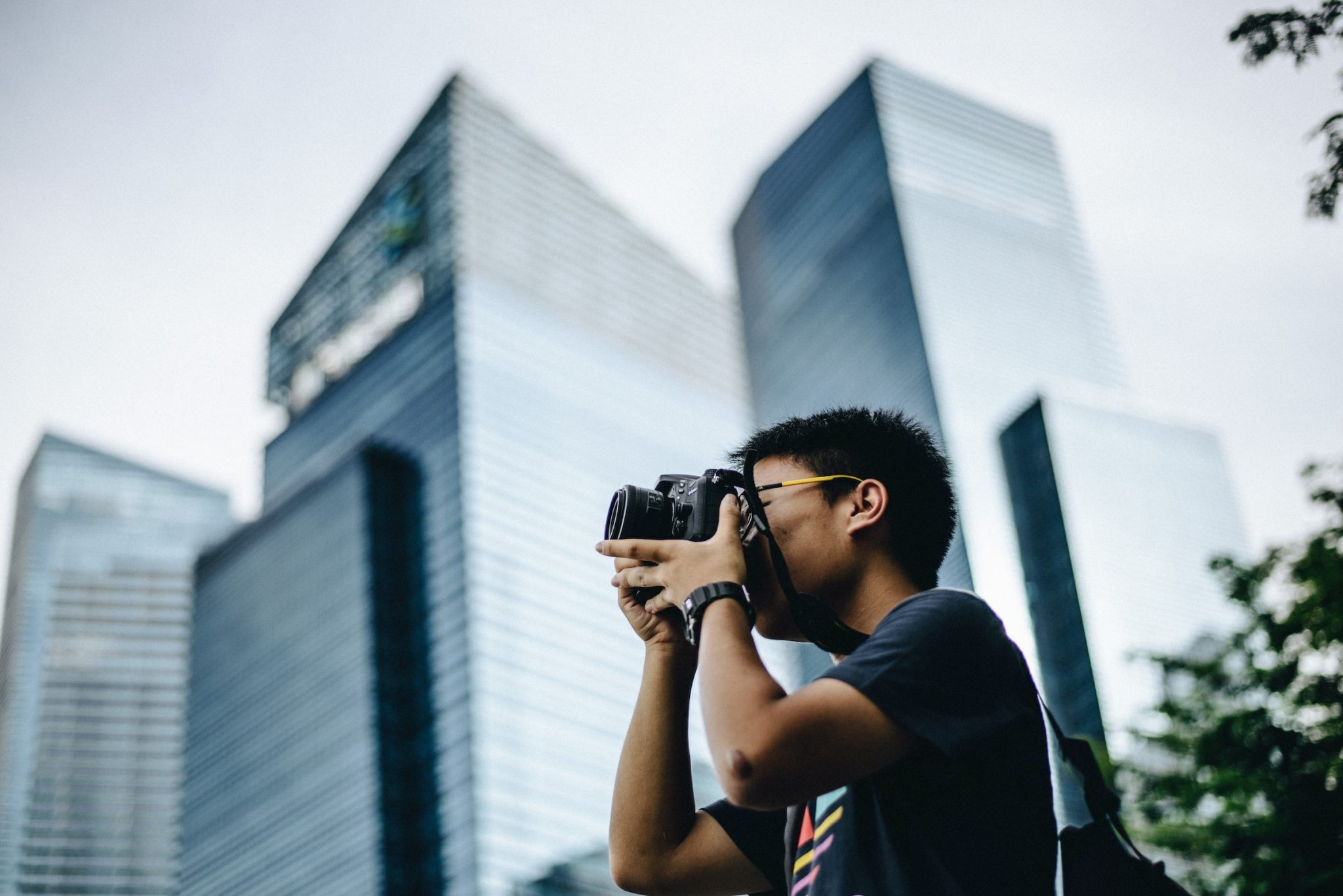Commercial photography is a specialised field that requires skills and expertise to create stunning pictures for branding, advertising, marketing, and editorial purposes.
Apart from all businesses in the retail industry in Sydney, the architectural industry is also in good photographs to represent their business. The architectural style of buildings fascinates people with its intricate designs and unique aesthetics, and this needs help from commercial photographers in Sydney.

Skilled and commercial photographers have the ability to capture the essence and beauty of architecture through their lenses. In this article, we will discuss how a skilled commercial photographer in Sydney captures architecture by breaking it down into various steps.
Understanding the Building’s Characteristics
The very first step in capturing architecture starts with understanding the building’s unique characteristics. Before picking up a camera, photographers take time to study the structure from various angles. Examining viewpoints such as width, height, and depth provides insight into elements that need highlighting or de-emphasizing during shooting. Understanding these features layout elements like where best to stand, which lens to use depending on distance or composition, and whether to shoot in color or black-and-white, among others.
Lighting Techniques
The lighting used during photography can make or break an excellent shot. It sets the stage for creating shadows and highlights, bringing out important details of an architectural marvel while adding dimensionality to an image. To achieve this effect, skilled commercial photographers use different lighting techniques based on weather conditions or interior/exterior surroundings.
Outdoor location shoots are best suited for early morning hours when muted light creates fewer shadows casting soft light and illuminating subtle areas of detail without harshness visible mid-day sunlight casts. Also perfect are what’s referred to as “magic hour photos’ ‘. This refers to taking shots around sunrise/sunset, which provides a warm glow around structures that look amazing in pictures and adds that wow factor that ordinary daylight shots would have missed.
Alternatively, for indoor shoots, studio lights are set up before settings frames allowing them more control over things like glare while still acquiring great end results. Other aspects considered include exposure levels often required by large glass windows found in modern buildings exposing ample amounts of soft sunlight.
Choosing the Right Perspective
Perspective is critical in architectural photography. By choosing a specific viewpoint, skilled photographers can create an original depiction of a structure to convey its characteristics. Finding new angles or points of view not commonly seen, such as shots of abstract designs found on expressive edifices, allows viewers to appreciate hidden details that wouldn’t typically come into view when entering that building normally.
Framing and Composition
The framing and composition of architectural photography have indispensable roles as well, all skillfully handled by commercial photographers to showcase the subject matter through its features, light sources, lines, and patterns within the structure. Framing is about selecting which element in the building should take up prime location and placing it in such a way that viewer interest is maintained. On the other hand, composition involves deciding how these elements are arranged around visual space on the canvas.
Incorporating Human Elements for Scale
Including human elements when capturing architecture gives viewers a sense of scale relative to elements present within or surrounding the structure photographed. Using people strategically positioned near buildings with large structures highlights size disparities e.g., thumbnails/skyscrapers comparisons. When photographing highways or busy streetscapes, incorporating flowing vehicles adds motion blur and creates an interesting ambience allowing viewers to imagine potential projections on what they would experience if present there during rush hour traffic.

Post-Processing Editing Techniques
To enhance images from camera raw file formats, skilled commercial photographers employ professional editing techniques, including adjusting colour balance and correcting exposure levels while also removing minor distractions found in final captures taken. Such process steps not only enhance colours visible upon viewing but more significantly influence the mood presented, too, retaining realism without grossly manipulating image content so that aesthetic appeal is lost aimlessly.
Conclusion
A skilled commercial photographer in Sydney specialises in every aspect required for successfully capturing beautiful pieces of architecture for editorial or promotional purposes. Starting by analysing unique structural characteristics before making choices based on weather conditions, natural lighting, and perspective combinations suitably chosen all make this whole process seamless. Once these prerequisites are acquired, post-processing editing adds features that aren’t attainable through camera settings alone. The plans of a truly great architectural image come together with the finishing touches. So in case, you are planning to leverage your architectural business, hire a commercial photographer today!
- About the Author
- Latest Posts
Whether she is researching the latest trends in home decor, life-changing destination getaways, or the best way to maintain your finances, Dewey takes pride in leaving no stone unturned. She is passionate about distilling and delivering high-quality information that you can use to upgrade your life.

